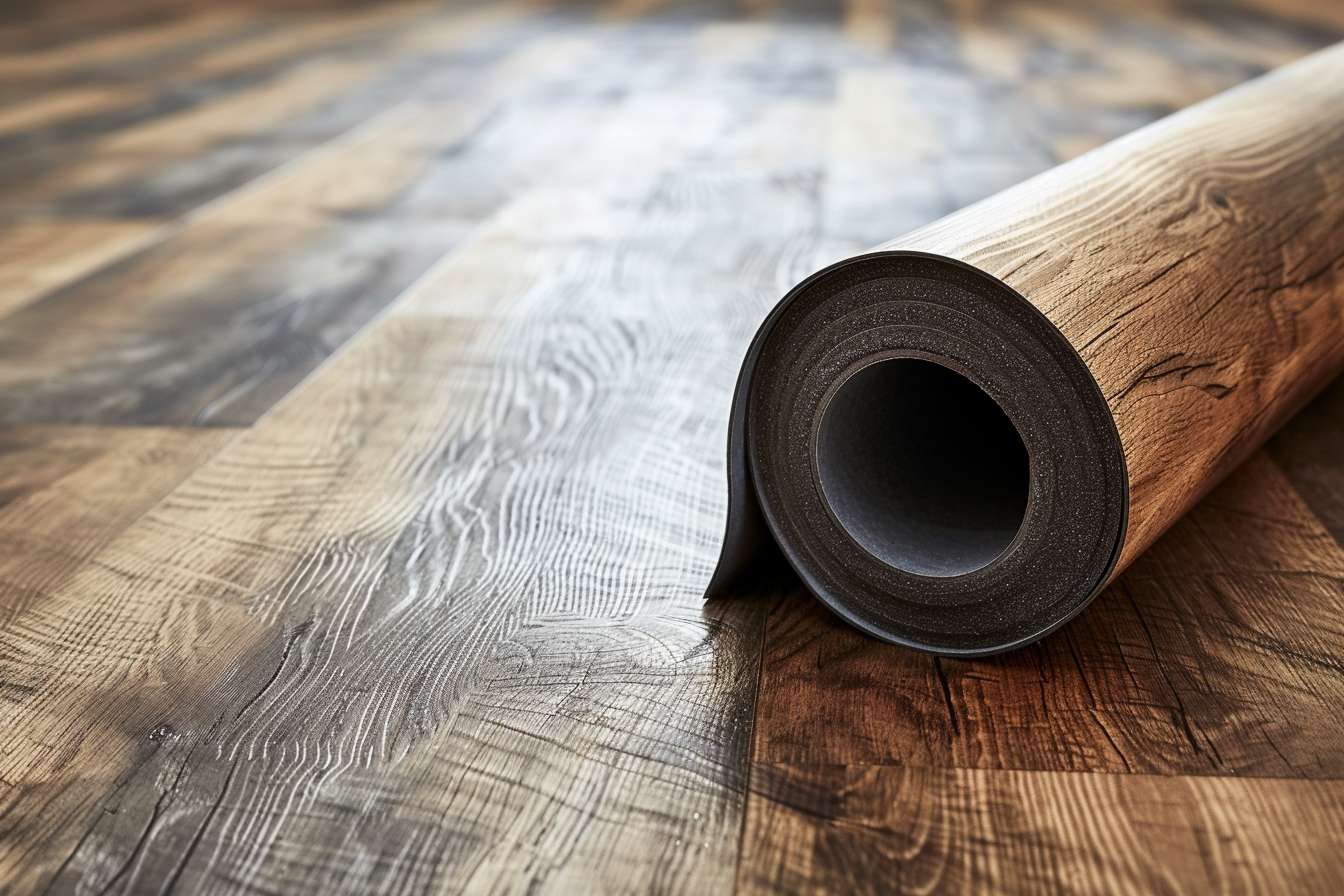Durable Flooring Options for High-Moisture Rooms
Choosing the right floor for high-moisture rooms involves balancing durability, waterproofing, maintenance, and long-term performance. This article outlines practical flooring choices and design considerations that help rooms resist moisture while supporting accessibility, ventilation, and sensible layout decisions.

High-moisture rooms require flooring that withstands repeated exposure to water, resists mold and deterioration, and fits the room’s layout and use patterns. Durability, waterproofing, and ease of maintenance are priority criteria, but lighting, ventilation, plumbing access, fixtures, storage, sustainability, and ergonomics also influence the right choice. This overview explains material options and practical considerations for renovation or new builds so you can match flooring to real-world conditions and user needs.
Waterproofing and moisture control
Choosing a flooring system begins with comprehensive waterproofing and moisture control. Subfloor preparation, vapor barriers, and proper drain placement near plumbing are essential to prevent trapped moisture that leads to rot and mold. Waterproof membranes under tile or sheet materials provide long-term protection. Pay attention to transitions at thresholds and around fixtures to maintain a continuous seal. Proper ventilation and mechanical extraction support surface drying, reducing maintenance needs and extending flooring life.
Tiling choices for damp spaces
Porcelain and ceramic tiling offer established moisture resistance when installed with a suitable backer board and grout sealing. Porcelain is denser and less porous, making it appropriate for wet areas; choose slip-resistant finishes for safety. Tiling supports a range of layouts and can coordinate with wall tiles and fixtures for cohesive visuals. Consider large-format tiles to reduce grout lines, and plan for adequate expansion joints during renovation to accommodate movement without cracking.
Resilient flooring materials
Vinyl plank, luxury vinyl tile (LVT), and certain rubber floors deliver waterproof performance and impact resistance. Modern vinyl options mimic wood or stone aesthetics while offering easy cleaning and lower maintenance. Some rigid core vinyl products are fully waterproof and perform well with underfloor heating. Engineered wood designed for damp-tolerant installations can be acceptable in some spaces if elevated from direct water exposure and paired with strict maintenance routines.
Maintenance and longevity
Maintenance influences real-world durability as much as material choice. Nonporous surfaces reduce mold and staining risks and simplify cleaning around plumbing and fixtures. Routine inspection of grout, seals, and transitions helps catch leaks early. For any flooring, establish a schedule for resealing grout or seams where appropriate. Ergonomics matter too: softer resilient floors reduce fatigue for standing users, while harder tiles can be more durable but may require anti-fatigue mats in work zones.
Ventilation, lighting, and layout
Good ventilation and targeted lighting improve drying times and help identify moisture-related issues before they escalate. Integrate ventilation with the room’s layout so exhaust fans and vents remove humidity effectively—position fans near wet zones or fixtures. Lighting that highlights floor transitions and changes in level enhances safety; consider how fixture placement interacts with floor materials to avoid shadowing that hides puddles or grime. Storage location and arrangement should keep frequently used items away from splash zones.
Accessibility, ergonomics, and sustainability
Floor choices should align with accessibility and ergonomics goals: choose slip-resistant finishes for safe travel paths, and minimal thresholds for wheelchair or walker access. Sustainable options include recycled-content vinyl or responsibly sourced stone and ceramic; verify manufacturer claims and lifecycle impacts when prioritizing sustainability. Consider the expected renovation lifecycle and material reclamation or recycling at end of use to minimize long-term environmental burden.
Conclusion Durable flooring for high-moisture rooms depends on a system approach: material selection, subfloor preparation, waterproofing, ventilation, lighting, and planned maintenance all affect performance. Porcelain or ceramic tile and modern resilient floors provide reliable options when installed and detailed correctly around plumbing and fixtures. By matching flooring to the room’s layout, storage needs, accessibility goals, and sustainability priorities, you can create a resilient surface that maintains safety and function over time.




